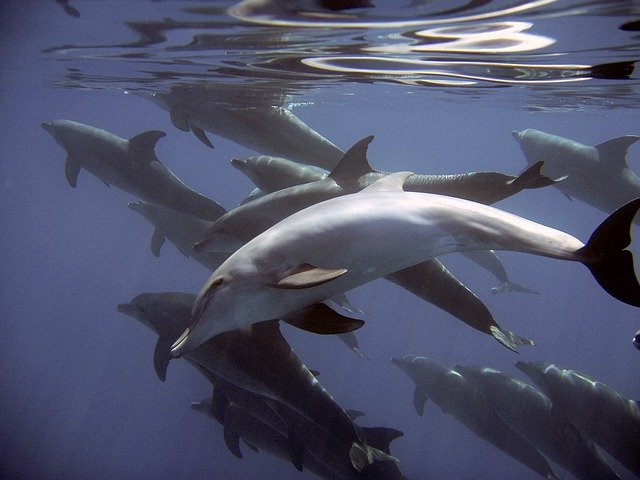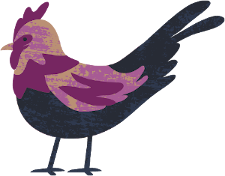Why Organizing as an Aim
Contextual Observation

Numerous people and organizations throughout Canada have been working for years in many different areas of food system reform. But they generally operate independently, without strong links that would allow them to provide each other with support and become more effective.
We believe that if we collaborate, share resources and organize collectively on certain aspects of our work, we can make more significant gains in the area of food system reform.
Aim
To efficiently and sustainably organize food system reform in Canada for the benefit of all people, all species, the economy, and the planet.
Driven by the priority to alleviate suffering, our specific aims are to improve public health, protect non human animals, as well as prevent and withstand future crises coming from the climate emergency, ecosystem collapse and future pandemics.

What is Organizing?
Organizing is leadership that enables people to turn the resources they have into the power they need to make the change they want. Community organizing is all about people, power, and change – it starts with people and relationships, is focused on shifting power, and aims to create lasting change. Organizing people to build the power to make change is based on the mastery of five key leadership practices: telling stories, building relationships, structuring teams, strategizing, and acting. That is, to develop our capacity for effective community organizing, we must learn:
The Five Leadership Practices
- How to articulate a story of why we are called to lead, a story of the community we hope to mobilize and why we’re united, and a story of why we must act.
- How to build intentional relationships as the foundation of purposeful collective actions.
- How to create structure that distributes power and responsibility and prioritizes leadership development.
- How to strategize turning your resources into the power to achieve clear goals.
- How to translate strategy into measurable, motivational, and effective action.
Though organizing is not a linear process, organizers use the first three practices (stories, relationships, structure) to build power within a community, while the last two practices (strategy, action) are about wielding that power in order to create change.
Organizing vs Mobilizing
Organizing is building your power
Activities in the organizing phase of a campaign might include:
- finding allies and influencers and building relationships with them
- building a base with a petition or door knocking
- building and testing new mobilization tools (that we will deploy at scale later)
Organizing is a more measured, low to medium profile phase, and it’s maybe even a bit boring. It’s the foundation for winning, but winning comes next.
Organizers…
Bring people together, they organize people to address whatever emerges as the people’s priorities. The organizers focus on listening, building community, building trust and building respect. Organizers welcome conversation, strive for genuine diversity, push for distributed ownership of the group, and know group process. Organizers default toward consensus, need to make sure all views are heard and want to keep everyone engaged.
Mobilizing is spending our power
The mobilization phase of a campaign is activated when a unique opportunity to actually fix our issue arises. And to have impact, it should only be used sparingly, only when a binary yes/no opportunity to actually solve our issue for real opens up.
Activities in the mobilization phase of a campaign might include:
- activating supporters in real life: via protests, bird-dogging, town-halls, phone calls, petition deliveries, distributed days of action, etc.
- activating supporters online: online swarming, twitterstorms, high profile website take-overs, petitions with rapid virality, etc.
- high pressure lobbying or other inside game tactics at the same time as outside game noise peaks
Mobilizers …
Work with people in order to focus on a set of steps to get something done. Mobilizers focus on moving people to act. Mobilizers push and pull the people they can to take a sequence of steps. Mobilizers attract and sustain engagement by demonstrating momentum and direction. Mobilizers default toward pushing to the next step.
References
Articles
Videos
Kwame Ture – Organisation vs Mobilisation – 4:28 min
Building Power to Win: Organizing Versus Mobilizing – Jane McAlevey – 1:11:45
12:50 : 22:50 – 10 min are enough

